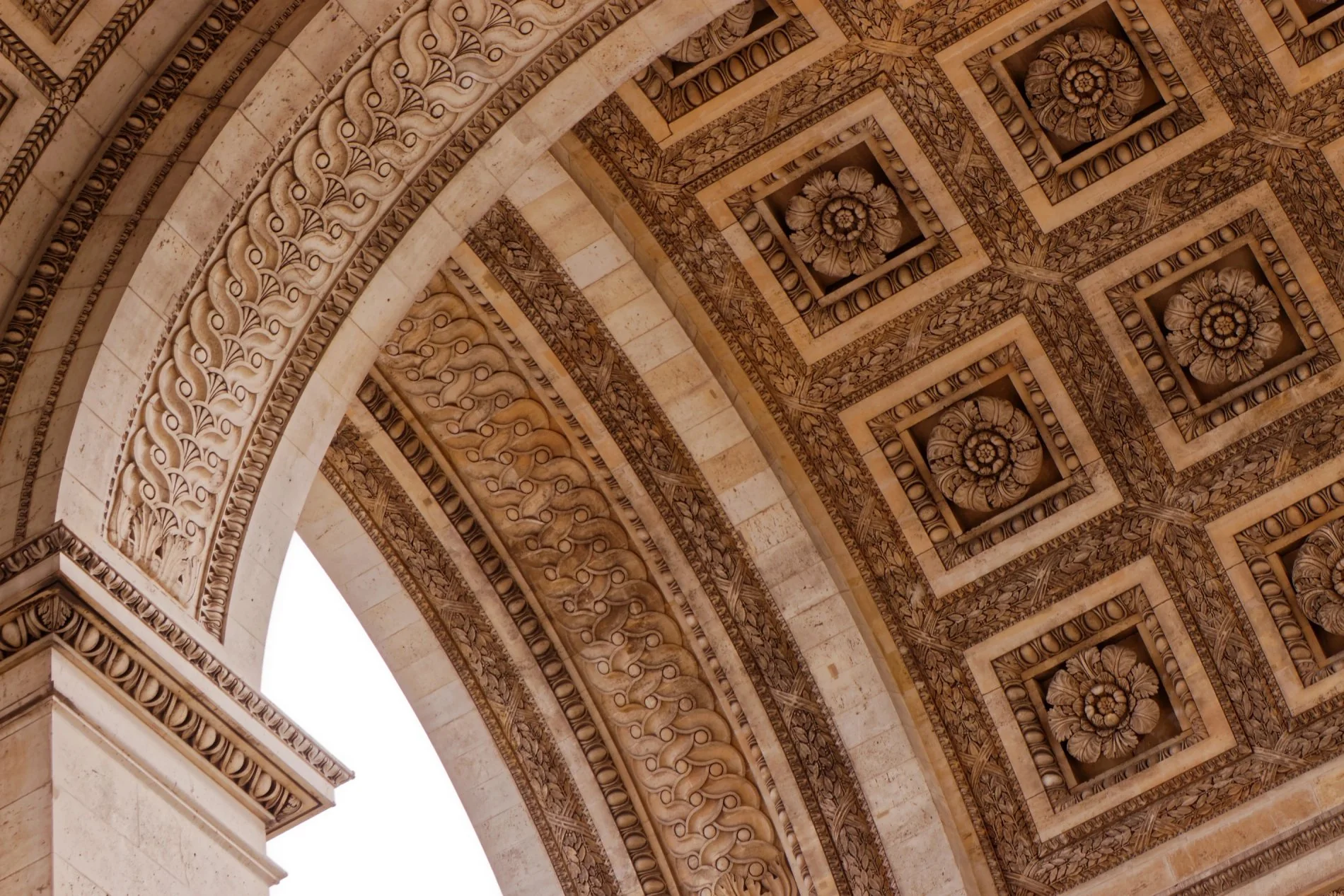tOURISM
Hôtel de Sévigné
Hôtel de Sévigné
activities around the hotel
The Avenue des Champs-Élysées needs no introduction. It is one of the most visited sites in Paris and welcomes nearly 300,000 visitors every day!
People come here to admire the great monuments, to shop, to enjoy the great events… Day and night, there is always something happening on the most beautiful avenue in the world.
Painting, sculpture, design, fashion, video, cinema, literature, dance… Founded in 1999, this site presents all the trends of contemporary creation through numerous temporary exhibitions.
Since 2012, thanks to a vast renovation of the building, it has an additional 9,000 m2, including 5,500 m2 dedicated to exhibitions. This palace is located next to the Modern museum of art from Paris, both of them were built for the 1937 International Exhibition.
In the past it hosted the National Museum of Modern Art, before it moved to the Pompidou Centre, the National Contemporary Art Fund and the National Photography Centre. One, the “wild garden” was designed by landscape architects, the other is a set of pretty plots maintained by amateur gardeners.
Auteuil is a jumping racecourse par excellence and hosts the Grand Steeple-Chase, a spectacular hurdle race, which is undoubtedly the major event of the season in May (www.grandsteeple.com). The Prix du Président de la République is also a must.
Auteuil can accommodate up to 40,000 people.
Free visits are regularly organised every Sunday, an opportunity to discover the backstage of a great racecourse (information and departures at the Information Point at 2.30 pm, 3.30 pm and 4.30 pm or ✆ 08 21 21 32 13).The youngest from 3 to 10 years old will be able to benefit from an introduction to horse riding on charming ponies, on race days from 2.30 pm to 6 pm.
Built in 1775 when the Royal Hunting Ground in the Bois de Boulogne was opened to the public, the very elegant Château de Bagatelle was designed by the architect François Joseph Bélanger. This castle was created as a result of a bet made by the Count of Artois, who owned the estate at the time, with the young Queen Marie-Antoinette. In order to win, he had to build it in less than two months. He succeeded, but history does not say what was at stake… But what is most striking about Bagatelle is the magnificent English garden, laid out by the famous landscape designer Thomas Blaikie.
Then, during the 19th century, various additions were built: the orangery, the famous stables, the terraces… It was only in 1905, when it became the property of the Paris City Council, that the park became a botanical collection garden. The rose garden is particularly famous and contains more than a thousand species of roses, including original creations by the park’s gardeners.
In the spring, as the first flowers bloom, visitors, even the most insensitive to floral art, remain speechless before the magnificence of these parterres. Between ponds, kiosks, caves, small bridges, waterfalls and century-old trees, this is a walk that will delight the whole family.
From one World Fair to another… The imposing Palais de Chaillot was built in 1937 to replace the Palais du Trocadéro, which was built in 1878. Its architects (Léon Azéma, Jacques Carlu and Louis-Hippolyte Boileau) designed two pavilions extended by long curved wings on either side of a forecourt from which there is an exceptional view of the Eiffel Tower on the other side of the Seine. Below, the Trocadero gardens stretch out.
The square and the buildings are decorated with numerous sculptures by Paul Belmondo and Henri Bouchard, among others. Inside the palace are the Musée de l’Homme, the Musée national de la Marine, the Cité de l’Architecture et du Patrimoine and the Théâtre national de Chaillot, formerly the Théâtre national populaire (TNP) directed by Jean Vilar.
The palace has long been home to the Cinémathèque française, which now has its own site in the Parc de Bercy.










